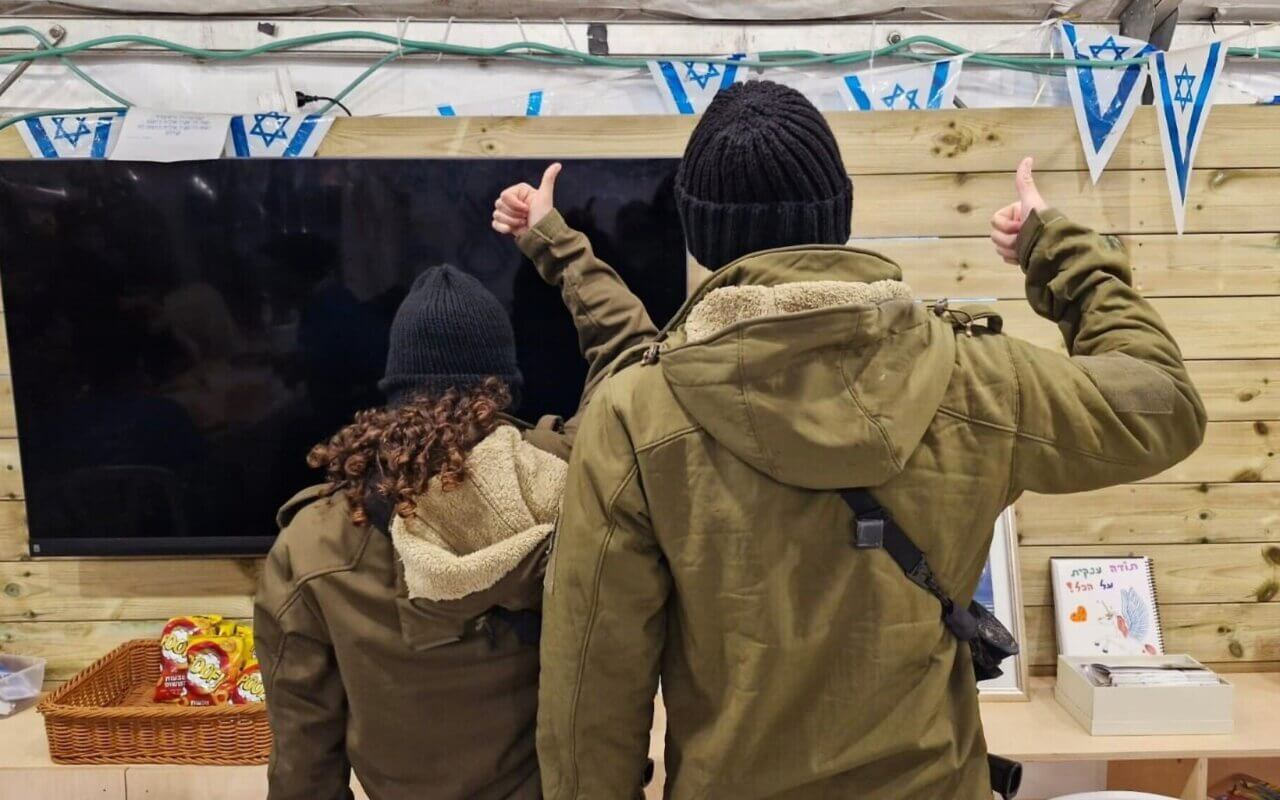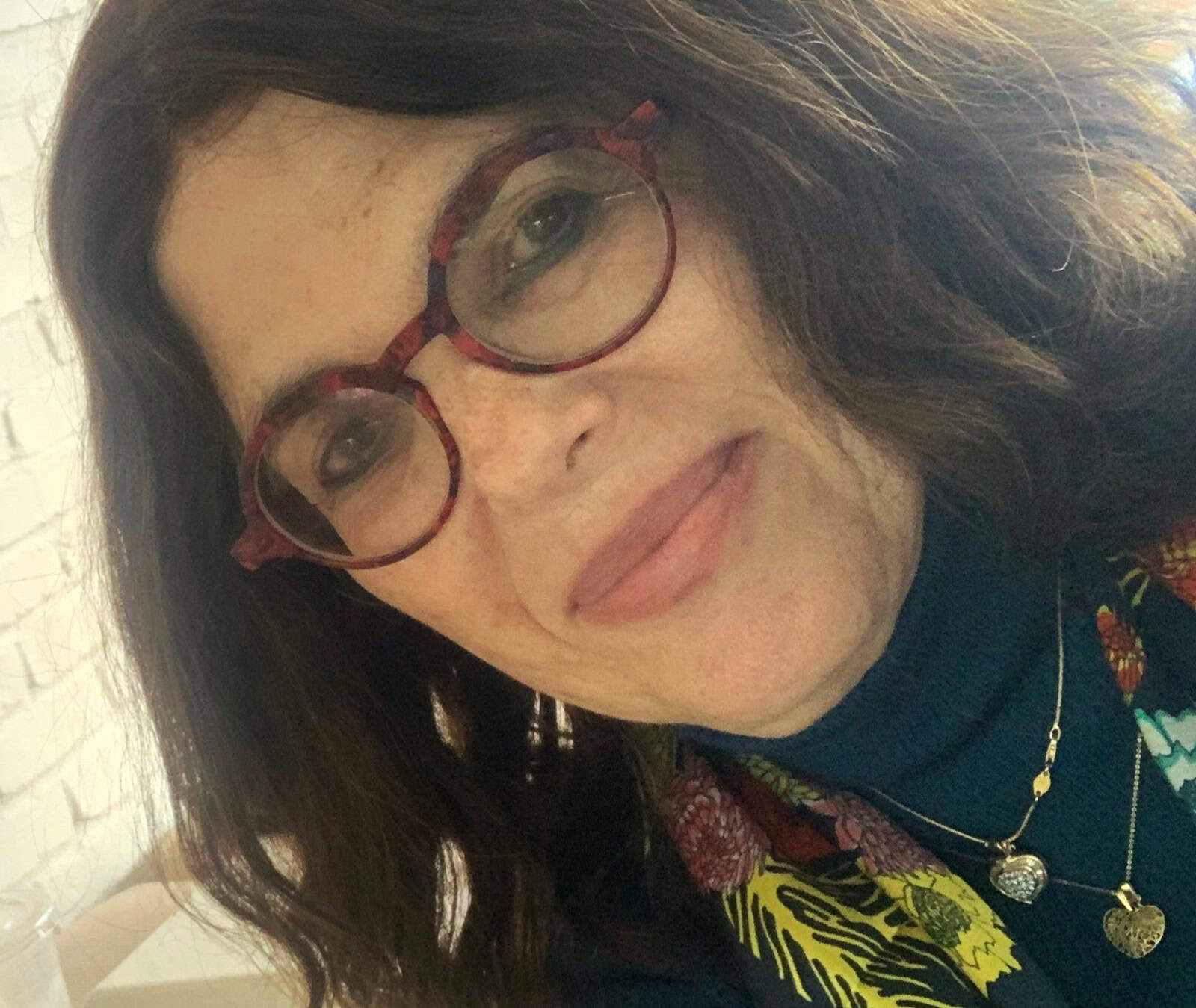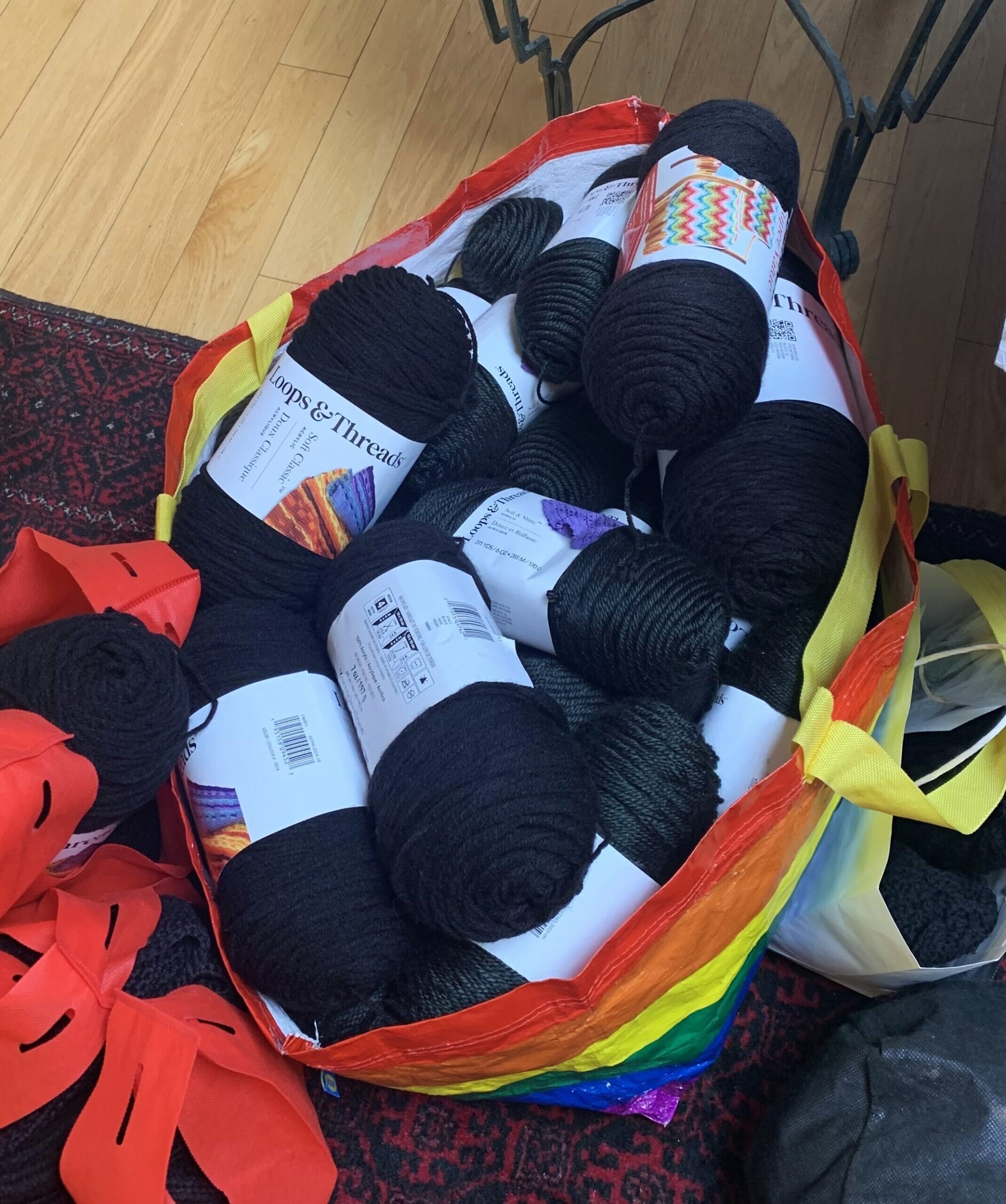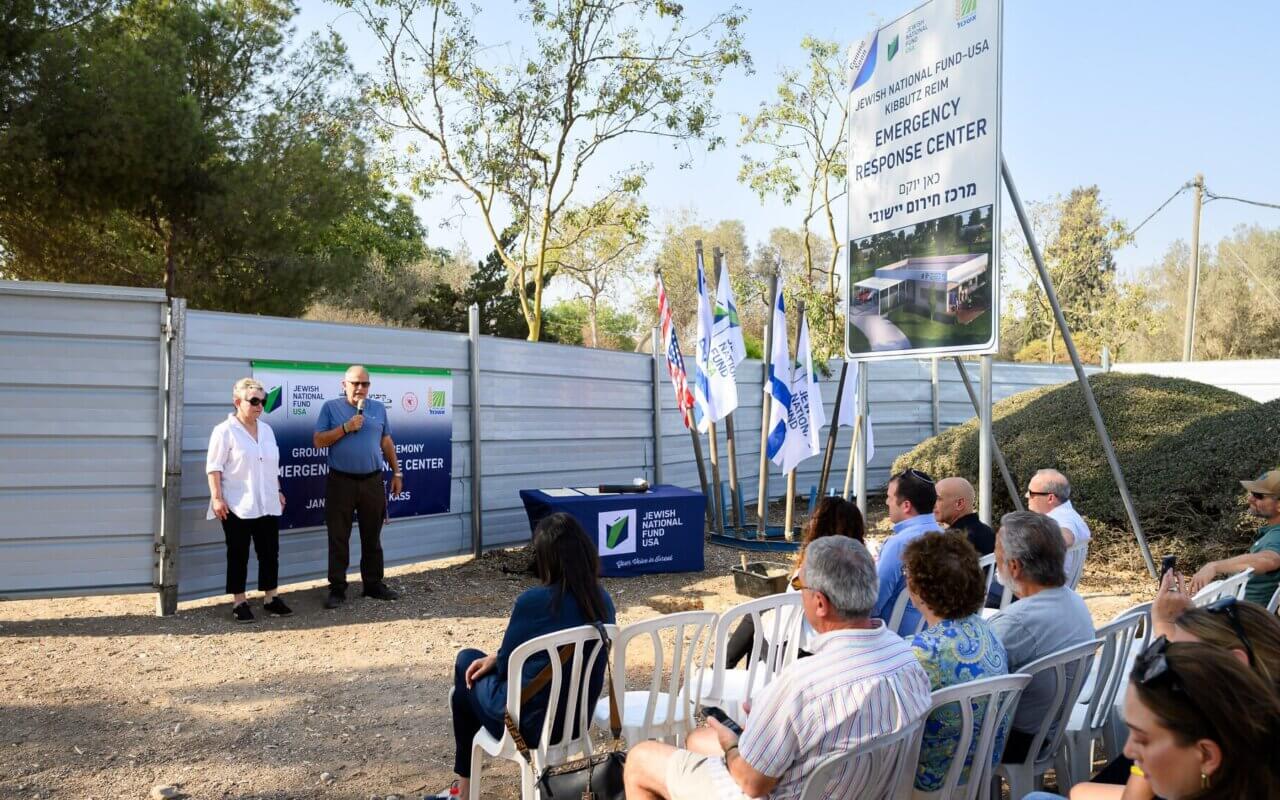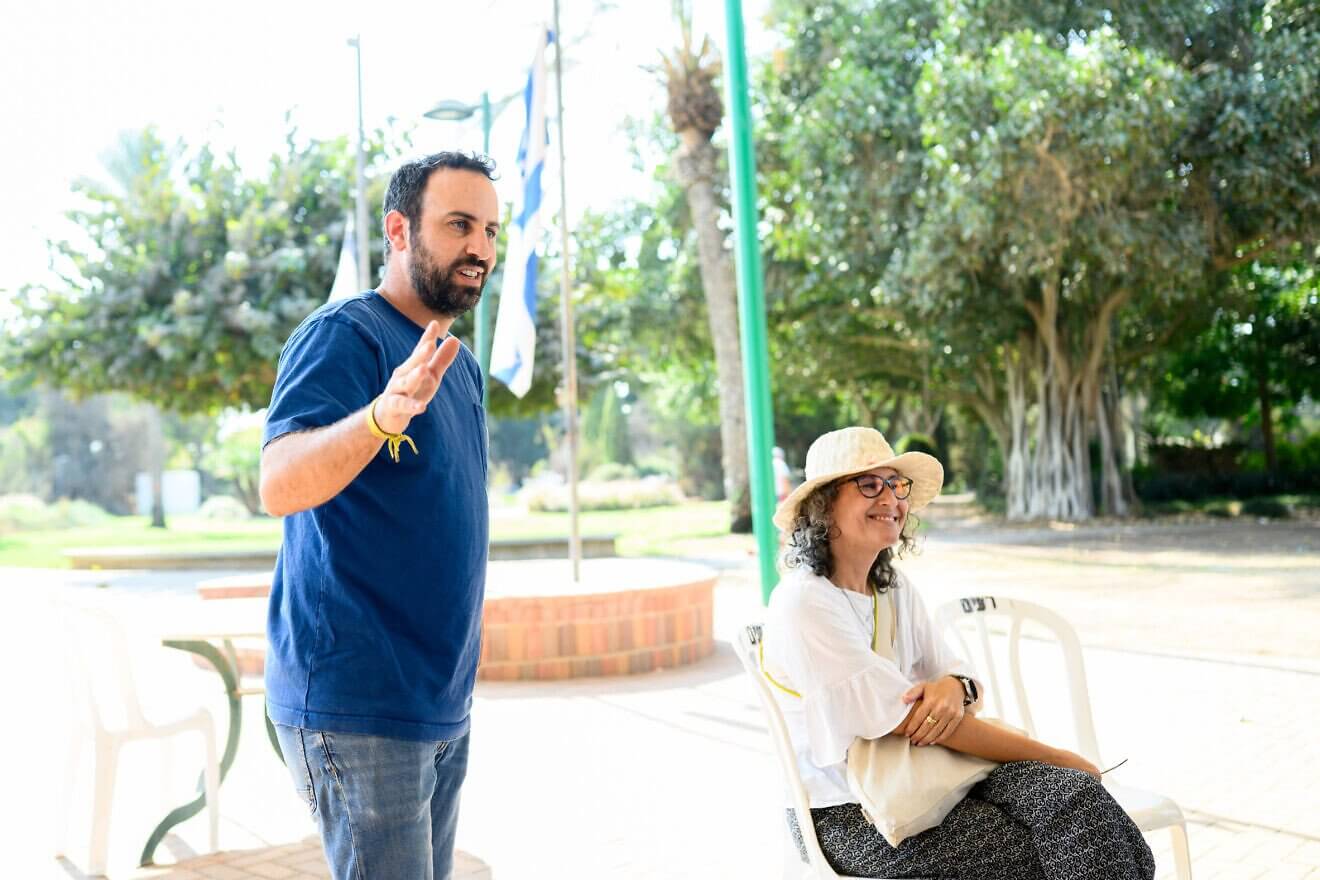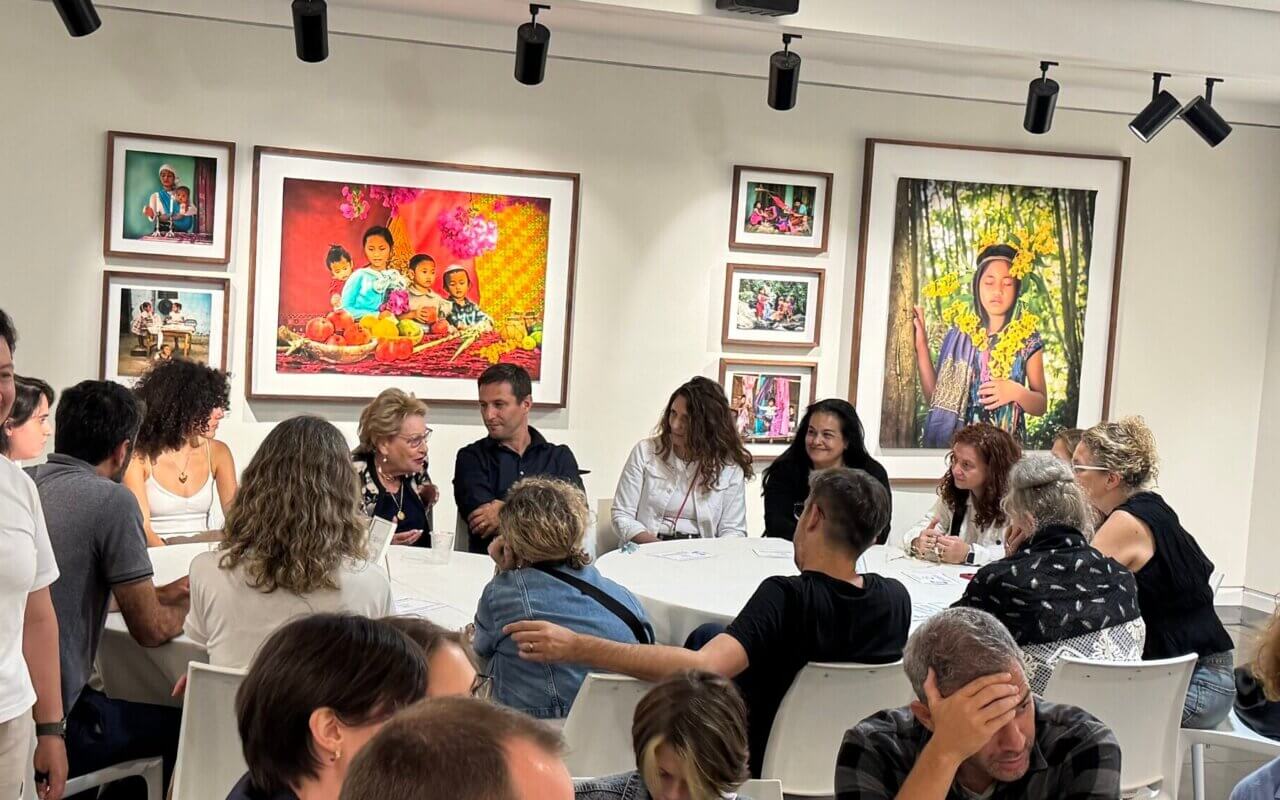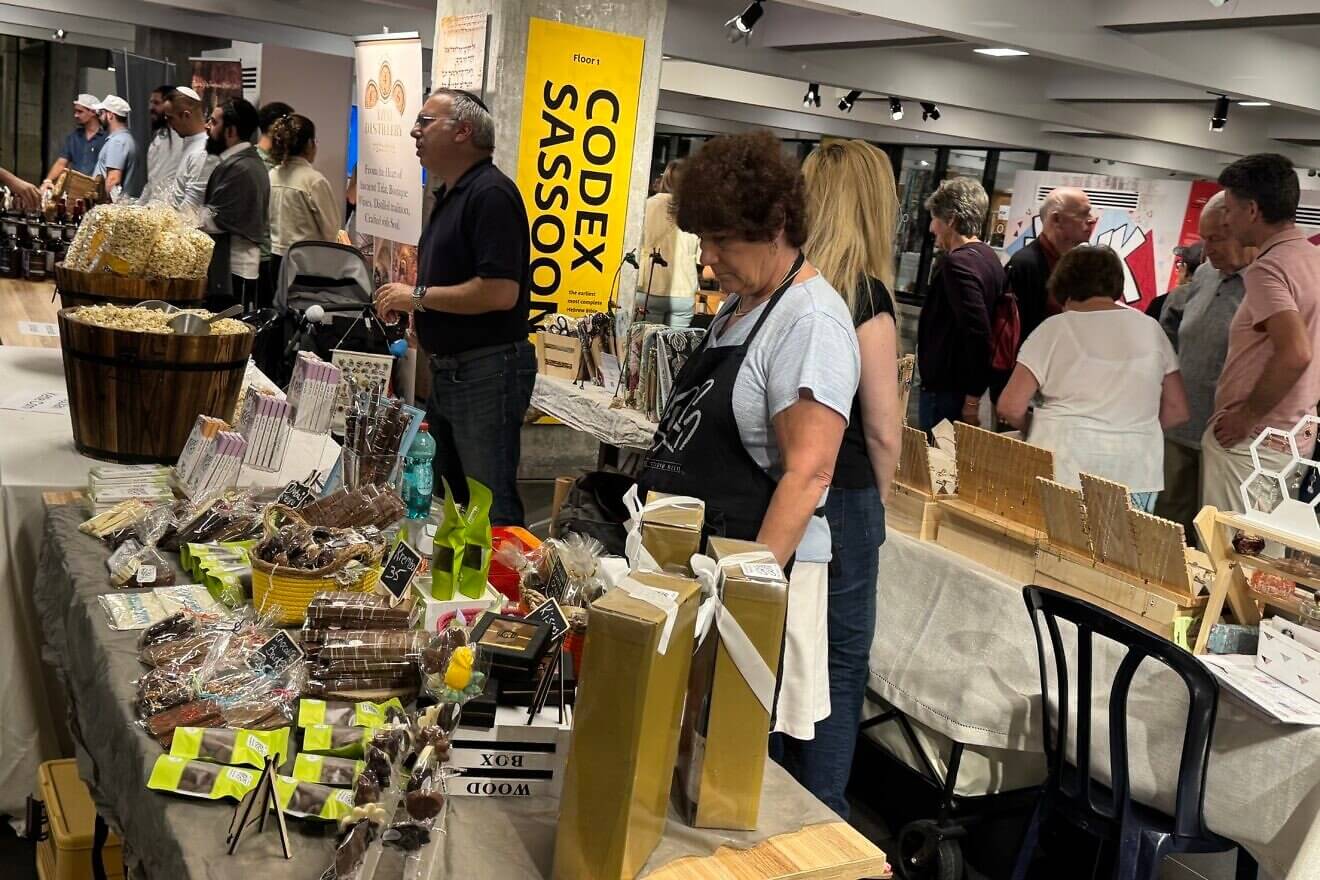Originally appeared in Jerusalem Post Magazine, November 28, 2025
It is hard to say any unkind words about the food, ambiance, or kind staff at Schmearz, though the long line and the wait time for bagels at super busy times can be a minor annoyance.
Three visits to Schmearz Bagel Shop at the corner of Ben-Yehuda and Jabotinsky streets in Tel Aviv at different times on various days confirm two realities: that Israel has finally perfected the New York bagel and the authentic New York bagel shop experience, and that absolutely nobody in Tel Aviv of any age works, ever!
When I first stopped in at 11 a.m. on a Sunday, presumably the start of the workweek in Israel, the line of customers was out the door, and the two outdoor dining areas at this desirable corner – shaded from the bright November sun – were both packed.
On Wednesday at 9 a.m., when I actually sampled beautifully presented creations on closed bagels, open bagels, and “without the bagel,” the line was also out the door, but manager Shawn was cheerfully and efficiently taking orders, and a large crew of fast-moving food preparers were doing their best to keep up.
On Fridays, the post-gan (kindergarten) drop-off, pre-Shabbat, “it’s a day off” crowd – many young neighborhood parents – made the line go out the door, all the way to Ben-Yehuda Street.
Customers of all ages kept the four stools and the one large table inside the store and the many tables outside totally packed.

Perfecting the New York bagel experience
Michal Epstein, owner of nearby (non-kosher) EATS restaurants, recently opened Schmearz on the site of a formerly non-kosher restaurant. People from north Tel Aviv and beyond seem thrilled to finally have a kosher bagel shop in the neighborhood.
Dani, a 30-something-year-old from New York City, already knew that Schmearz had become available on Wolt two days ago.
“It is a game changer,” he reported, pleased that there was finally a place in Tel Aviv to buy quality bagels. “When this place opened, it changed our life.”
Before settling in to Schmearz’s signature dishes, my dining companion and I sampled special “slurpees,” which included tahini coffee (NIS 24); a matcha slurpee; and an orange-colored seasonal slurpee creatively made with pumpkin spice, cinnamon, and cardamom.
Manager Shawn playfully noted it is “special for Halloween,” a holiday that has become increasingly popular in Tel Aviv over the years. A large cappuccino (NIS 18) with various bagels went nicely with four bagels and a “without the bagel.”
Our “real food” consisted of four different bagels and two “sweets” bagels.
The avocado poached egg with chives, chili flakes, and Maldon salt on a perfectly toasted “everything” bagel was beautifully presented and tasty, with the chili flakes offering a welcome kick (NIS 58). The yolk slowly dripped out with the first bite.
The egg salad on a toasted open sesame bagel was beautifully presented with a liberal sprinkling of chives atop a sesame bagel (NIS 48). We asked them to hold the anchovies. It was fresh and tasty.
Thinly sliced salmon is what diners might expect in a New York-style bagel shop. Schmearz did not disappoint. The pastrami salmon (NIS 56) was fresh, well seasoned, and presented on a toasted open bagel with house sauce, sweet pickles, and red onions.
It was a welcome choice for those in our party who don’t like cream cheese or capers – two ingredients that come with the smoked salmon (NIS 66).
The most unconventional menu item of the day was a dish consisting of sautéed mushrooms, skordalia, spicy salsa, and lemony greens.
The manager said it was vegan. I Googled “skordalia” to learn that it is a Greek garlic spread with a base of potatoes, walnuts, almonds, or liquid-soaked stale bread, and olive oil.
I immediately began thinking of ways to introduce this tasty dish to our table at home.
The manager surprised us with an order of “Frieckles,” listed in the “without the bagel” section of the menu, along with the Schmearz plate (NIS 54) and Caesar salad (NIS 52).
Frieckles (NIS 32) are surprisingly delicious fried pickles served with chives, dill, lemon zest, and cream cheese. A few friends we bumped into at the restaurant happily helped us finish them.
Though stuffed and in need of a box in which to take home our leftovers, a server insisted we try some things from the “Sweets” menu.
I have to admit that it would have never occurred to me to put sweet cream cheese and sprinkles (NIS 24) or peanut butter cream cheese, chocolate cream, and Maldon salt (24) on a plain bagel – but this unconventional dessert choice works!
The young parents at our table couldn’t wait to buy one for their young children as a post-gan treat, though they admitted it was unlikely to last until after gan!
Everything served had great visual appeal, and the special white Schmear’s oval china plates with blue script lettering added a very nice touch.
It is hard to say any unkind words about the food, ambiance, or kind staff at Schmearz, though the long line and the wait time for bagels at super busy times can be a minor annoyance.
Fortunately, customers in line have a few extra minutes to decide if they also want to bring a taste of Schmearz home. They can pick up a four-pack of bagels, some mixed nuts (NIS 22), a bag of cookies, or even some “everything but the bagel” spices (NIS 18).
- Schmearz Bagel Shop
- 171 Ben-Yehuda St.
- Tel Aviv
- Sun. – Fri. 8 a.m. to 3 p.m.
- Kosher (dairy) under supervision of Hamoatza Hadatit Tel Aviv-Jaffa

